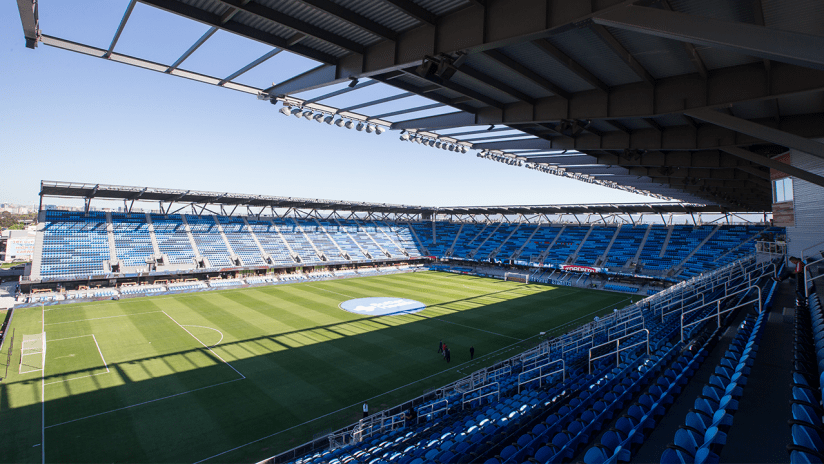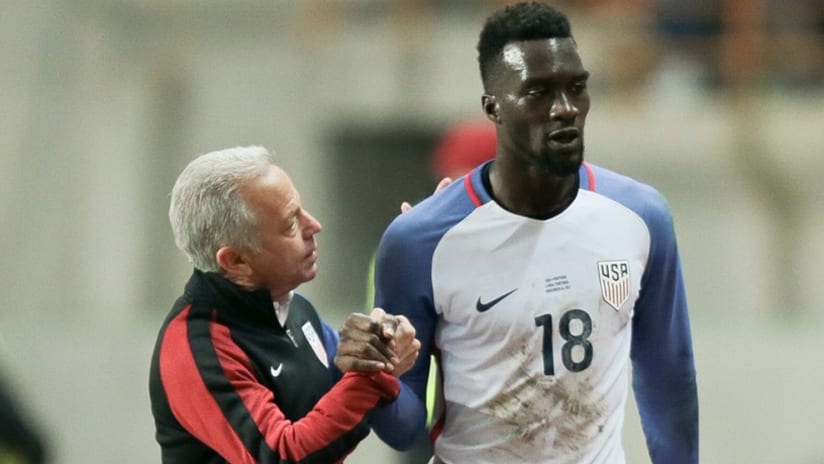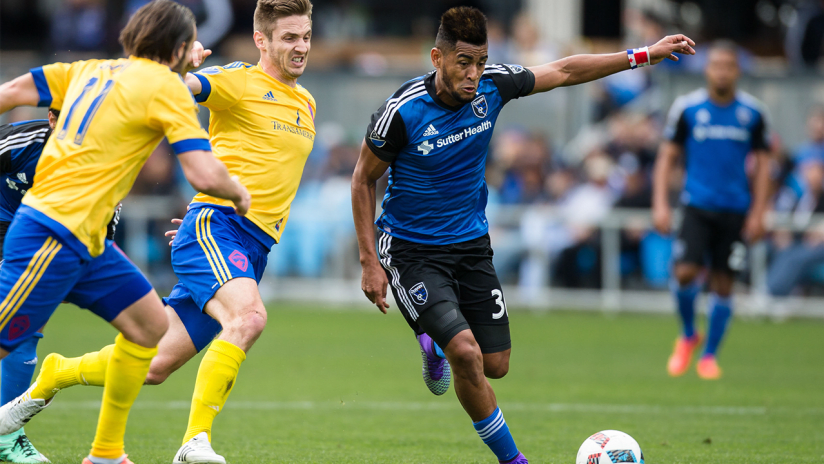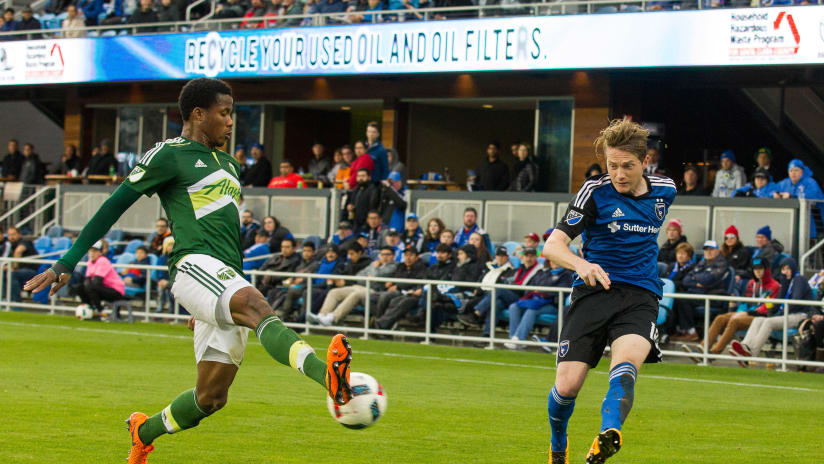In 2016, Major League Soccer is still not consistently part of the national conversation when it comes to the major U.S. professional sports leagues.
Yet, when looking at the past calendar year — where the 20-team league saw exponential growth in viewership, social media, attendance, merchandise sales, team valuations and other categories — it is impossible to have that same conversation without including MLS.
“I think that Major League Soccer is every bit a part of the mainstream day-to-day North American sports conversation,” said Howard Handler, MLS Chief Marketing Officer. “… 2016 was a milestone year for us. The story of Major League Soccer continues to be one of momentum and accelerated growth.”
Forbes recently talked with Handler to discuss all things MLS, where now the average club is valued at $185 million, an 18 percent increase from 2015. When the first valuations were released in 2008, the average club was listed at just $37 million, a 400 percent spike.
Handler also commented on viewership upticks on linear TV, how social media has helped spark the league’s growth, what teams are leading merchandise sales, spikes in attendance and other key performance indicators.
VIEWERSHIP SURGES IN 2016
With matches broadcast live in 170 countries each week, more people watched MLS matches in 2016 across North America than any of the past 20 seasons.
According to MLS, 55 percent of its viewership this year was aged 18-49, which is the highest percentage of any North American sports league. As Handler explained, the conversation with network executives at media companies like FOX, ESPN and Univision — all league partners in 2016 — more times than not revolves around that coveted demographic. For MLS to see such a high statistic in its sophomore year with the networks is a sign that “things are definitely clicking,” Handler said.
He pointed out that to date, the 2016 season has delivered 25.7 million gross viewership, which is an eight percent uptick from 2015. Additionally, two matches netted a million viewers this season, too.
“It really underscores the success of our big event strategy,” said Handler of the gross viewership number. “Big events are very important to us because it connects together our entire universe of partners.”
MLS IS FASTEST GROWING U.S. PRO LEAGUE ON SOCIAL
MLS followers across its social platforms have increased 95 percent in the past year while almost 690% percent since 2013.
With its “mobile-first mentality” in mind, according to Handler, the league has continued to focus on managing its one-to-one relationships with fans on social media. It has been one of the keys for the league’s growth, which has included record numbers on mobile as well. In 2016, mobile comprised 70 percent of total digital usage compared to just 45 percent two years ago.
Handler was quick to mention that at both the league office and individual member clubs, social staffers and digital strategists are making a conscious effort to treat every social channel as a unique platform. In other words, teams are creating content specific for Twitter, Instagram, Facebook, Snapchat and other social platforms, with the latter two channels being MLS’s “breakaway platforms” as of late.
“We’re always experimenting. We’re meeting with the senior folks at those companies on a pretty regular basis, continuing to make sure that we’re on the leading edge,” added Handler. “It comes back to our fan base. Our fans are in their 20s and 30s, and it’s the first thing that they reach to.
“Content is the most powerful device to build our fan base and to engage with our fan community. Social and fan data is the vehicle to reach people.”
MLS BEHIND ONLY NFL AND MLB FOR AVERAGE ATTENDANCE
“The live experience in our stadiums is the heart and soul of what makes us special. The intoxicating environment, the electricity, the chanting, it is truly the expression of a fan-driven league.”
The unique stadium environment within MLS, as Handler depicted, helped the league earn an all-time high for average attendance in 2016 (21,692). The number ranks third behind the NFL and MLB for U.S. professional sports leagues and sixth among all soccer clubs globally.
Over the past seven years, MLS has seen attendance increases in all but one season, too. Compared to 10 years ago, average attendance is up 40 percent.
While a number of factors have contributed to an increase, Handler cited MLS National Sales Center in Blaine, Minnesota as one of the reasons behind the steady success at the box office. It is the first sales training academy in professional sports and has provided a bullpen of young sales talent for all 20 teams.
MERCHANDISE SALES UP 21 PERCENT, MLS SPONSORS TOTAL 20
From 2015 to 2016, merchandise sales across the league and member clubs is up 21 percent, according to the league office, with the top-selling clubs around consumer products being the Seattle Sounders FC, New York City, Orlando City SC and LA Galaxy. When Orlando and NYCFC joined MLS in 2015, merchandise sales was up a whopping 41 percent year-over-year.
In terms of sponsorship, the league now boasts 20 sponsors, including adidas, Audi, The Home Depot, AT&T, Coca Cola, TAG Heuer and DraftKings, among others. For Handler, it is a telling sign that more blue-chip brands are not only wanting to discuss MLS business but also aligning themselves with the major U.S. professional sports league.
“They’re all placing their bet on the growth of this enterprise,” Handler said. “Our footprint has grown in a way that it now would be looked at as a growth stock.”




